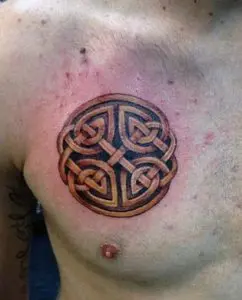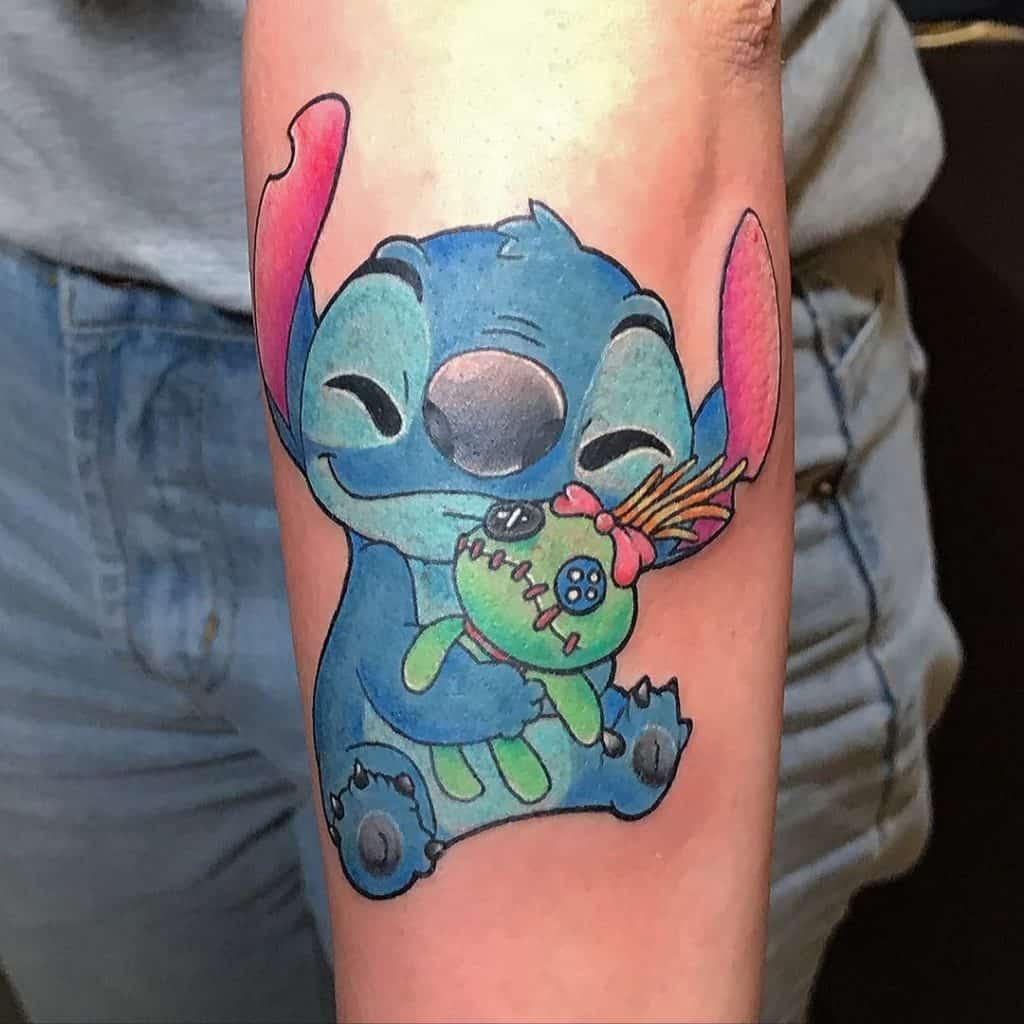Nowadays, people still have ambiguous opinions about tattoos – some consider images on one’s body a form of art, while others find it self-destruction. Nevertheless, one cannot defy the connection between ancient tattooing art and contemporary body art. Numerous early civilizations used the opportunity to cover the body with images for their own special purposes. Having changed a little, this heritage has come down to our days and become more mundane.
Centuries ago, people used tattooing in several, mostly sacral ways. Tattoos served as a connection with the nation’s gods or spirits (Krutak 2). Men from Celtic tribes, among others, would get special images either to attract luck and strength or proudly announce their victories (Picture 1).

On the contrary, in ancient Rome and Greece, only slaves, criminals, and barbarians would get a tattoo to be marked (McGill Office for Science and Society). Since this art had always been an integral part of civilizations, it did not disappear but transformed, both in its techniques and purposes.
Nowadays, tattoos are mostly used for self-expression, and some people put them on without any meaning. What is more, it is now possible to get an image of anything, including cartoon characters, phrases, portraits, or geometric figures (Picture 2).

Ancient tattoos could inform their viewers better – in a tribe or within a civilization, most people were aware of the basic images and their meanings (Friedman). On the contrary, today, it is much more difficult even to guess whether a tattoo has any sense in the first place.
One may ask themselves: what does this form of art say about the earliest era and current time? First, the tattooing art and ancient humans’ attitude to it may emphasize their deep connection with the sacred side of life. They believed that any image could alter one’s destiny, attract the evil of the good, protect from enemies, or be the stigma of a criminal. Now, tattoos define our time era as freer and more independent from the sacred or the opinions of others. Modern people need to express themselves, and images on their bodies are merely another way to do that. This form of art has developed greatly, but it is essential to remember how and when it began.
Works Cited
Friedman, Anna Felicity. “Tattooing’s Vibrant History: Ancient to Contemporary.” Friends of the Institute, 2018. Web.
Krutak, Lars. “The Cultural Heritage of Tattooing: A Brief History.” Current Problems in Dermatology, vol. 48, 2015, pp. 1-5.
McGill Office for Science and Society. “What is the History of Tattoos?” McGill, 2017.